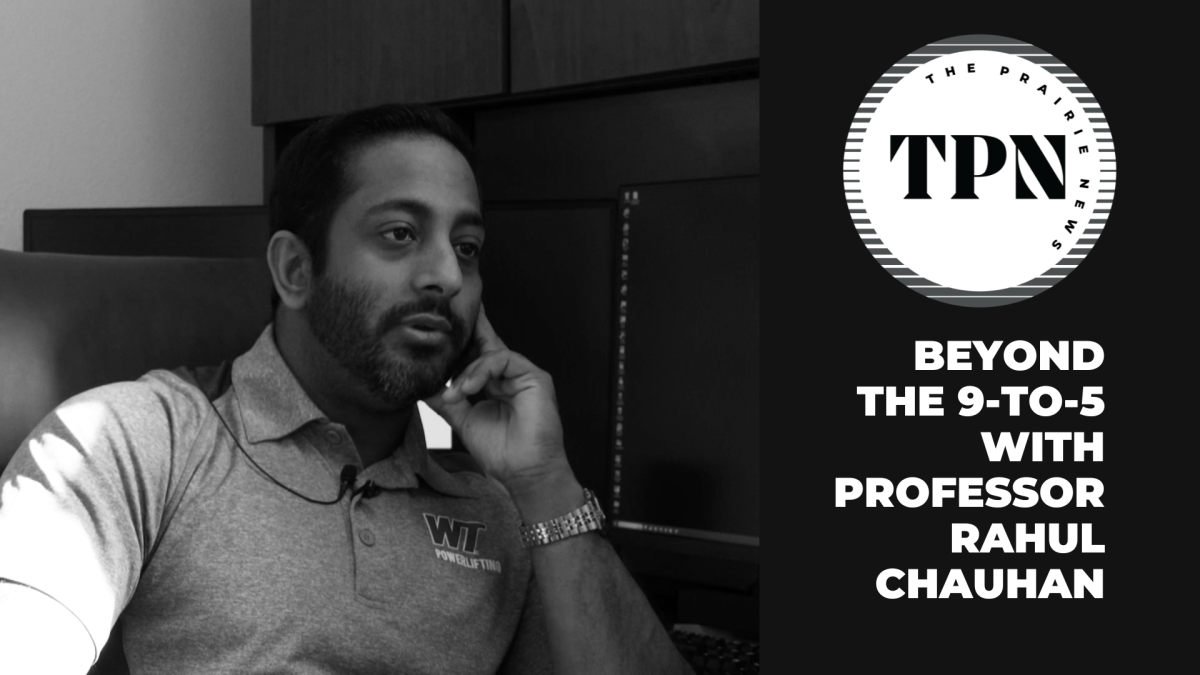In Dec. 1996, just a few days before the New Year, Marvel Comics filed for Chapter 11 bankruptcy. As a result, some of the properties were sold off to studios, specifically the movie rights to some of Marvel’s most popular characters. There had not been much success in the movie industry for superheroes at the time. The film ‘Batman and Robin’ hadn’t quite attempted to destroy the genre just yet, that would come the following summer, and Marvel really didn’t have a record of movie hits like DC did. In fact, the only Marvel entries were Punisher and Captain America, neither of which saw a theatrical release in the US, and the box office bomb known as Howard the Duck.
After the ‘Batman and Robin’ debacle, most people felt that the superhero movie was dead and nothing could bring it back. Enter the New Line Cinema film, ‘Blade.’ What most people don’t know is that when ‘Blade” was released, it wasn’t billed as a comic book movie. Sure Marvel was in the credits, but no one knew that this was a comic book movie. And it rocked. It set the bar high and legitimized comic book films as a force to be reckoned with. Gone were the days of “Ice to see you” and “Never leave the Bat-Cave without it,” for now here is a movie that took the source material seriously and treated it with respect.
Soon came the Blade sequels and Marvel Films from other studios such as likes of X-Men, Spider-Man, even Fantastic Four, which wasn’t as critically popular as the other two, but still successful nonetheless. There were even some of the lesser-received Marvel films such as Punisher, Ghost Rider and Daredevil. Marvel had paved the way to a new era of comic book features. The only problem is that these are all properties Marvel sold the movies rights off to during the bankruptcy. So these were all Fox films, or Sony film productions, or Lionsgate features. Marvel was standing on the outside looking in when it came to the movie industry and had to find something else in the toy box to play with.
In 2004, Marvel made the announcement that they would be financing their own movies. Never mind the fact that they are coming out the gate with Iron Man, who at the time was at best a second tier, B-list comic book character, but the announcement that the historically problematic Robert Downey Jr. would be portraying Tony Stark absolutely floored the world of fandom. It was such a huge gamble for the company, but with Jon Favreau at the helm, it seemed everyone was cautiously optimistic.
The gamble paid off. It was a critical success and with the post credits ending Marvel is now famous for, the doors were open for a Marvel Cinematic Universe. Each movie from here on is crafted in a way that tells the story of the feature protagonist while still having an overall running storyline that interweaves and holds all the films together. For example, Iron Man leads the way then Incredible Hulk and Iron Man 2 set up Thor and Captain America which leads them all directly into The Avengers. This first group of movies culminating with The Avengers is known as Phase One.
Phase Two deals with the fallout of Phase One, while still letting the protagonist enjoy a solo feature and not be bogged down with too much continuity. So Iron Man 3 deals with The Avengers fallout, as do Thor: The Dark World and Captain America: The Winter Soldier, however, each film has moved beyond the origin story allowing it to truly flesh out its characters and planting the seeds for the next big crossover film, Avengers: Age of Ultron.
Avengers: Age of Ultron doesn’t exist if not for that fateful decision made in December of 1996. If Marvel doesn’t file for Chapter 11 bankruptcy, then properties such as Spider-Man and X-Men movie rights are never sold off, which means if and when Marvel is ready to finance it’s own films, they open with those movies. Thor, Ant-Man, and certainly not Guardians of the Galaxy would ever have been made. Iron Man and Captain America probably would be later, but the steps taken that lead to Age of Ultron are made out of necessity and risk. Soon, we will have movies based on other second and third string characters such as Captain Marvel, Black Panther, Dr. Strange and the Inhumans.
Not fit to stop there, the Marvel Cinematic Universe also extends itself to television. Marvels Agents of S.H.I.E.L.D. is going strong, tying itself to the movies and Netflix is on the verge of releasing four different in-continuity shows featuring the likes of Luke Cage, Jessica jones, Iron Fist and the reacquired rights to Daredevil. These street level heroes will have their own crossover entitled The Defenders. Add in the fact that Spider-Man will now be allowed to show up in the Marvel Cinematic Universe thanks to a deal with Sony, it stands to reason that there will be more that a few Easter eggs in Age of Ultron.
This final film of Phase 2 shares the same name with a Marvel comic book crossover event by Brian Michael Bendis, however it would seem the similarity stops there. The comic book features time travel and an assassination plot to kill Ultron’s creator, Henry Pym, before he is ever creates him.








